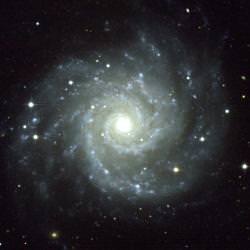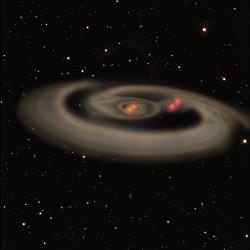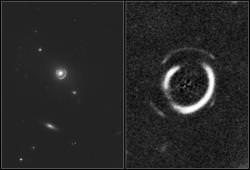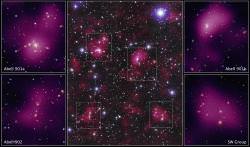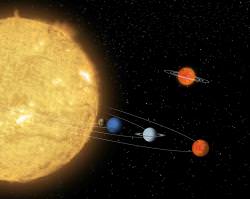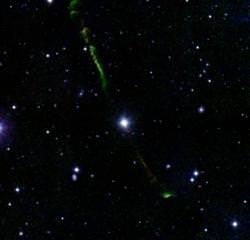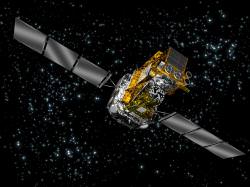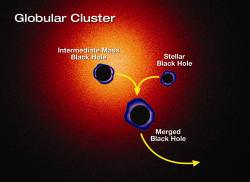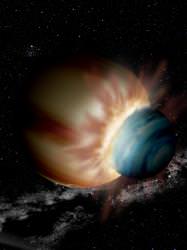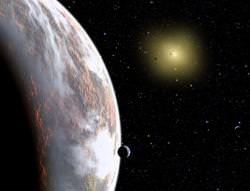We live in a beautiful grand spiral galaxy. But how did we get from the primordial elements after the Big Bang to the intricate and complex structure we live in today? Astronomers have found some of the earliest galactic building blocks; the ancestors of galaxies like our own Milky Way.
The discovery was made by researchers from Rutgers and Penn State universities, and announced at the 211th meeting of the American Astronomical Society in Austin, Texas.
These newly discovered galaxies are tiny, between one-tenth and one-twentieth the mass of the Milky Way. From ground-based telescopes, they just look like individual stars. But the powerful gaze of the Hubble Space Telescope reveals them as regions of active star formation.
The researchers learned that these galaxies are hotbeds of star formation, blazing in a telltale spectrum of ultraviolet radiation that just screams, “I’ve got stellar nurseries”. In many cases, more than 10 of these proto-galaxies came together to form a single spiral galaxy.
“The Hubble Space Telescope delivered striking images of these early galaxies, with 10 times the resolution of ground-based telescopes,” said Caryl Gronwall, a senior research associate in Penn State’s Department of Astronomy & Astrophysics. “They come in a variety of shapes – round, oblong , and even somewhat linear – and we’re starting to make precise measurements of their sizes.”
The galaxies were discovered as part of a five-year census of galaxies in the early Universe. The astronomers searched for these specific kinds of galaxies by detecting the ultraviolet radiation from their bursts of star formation. They then performed follow up observations to find their distance and mass.
Original Source: Rutgers News Release

